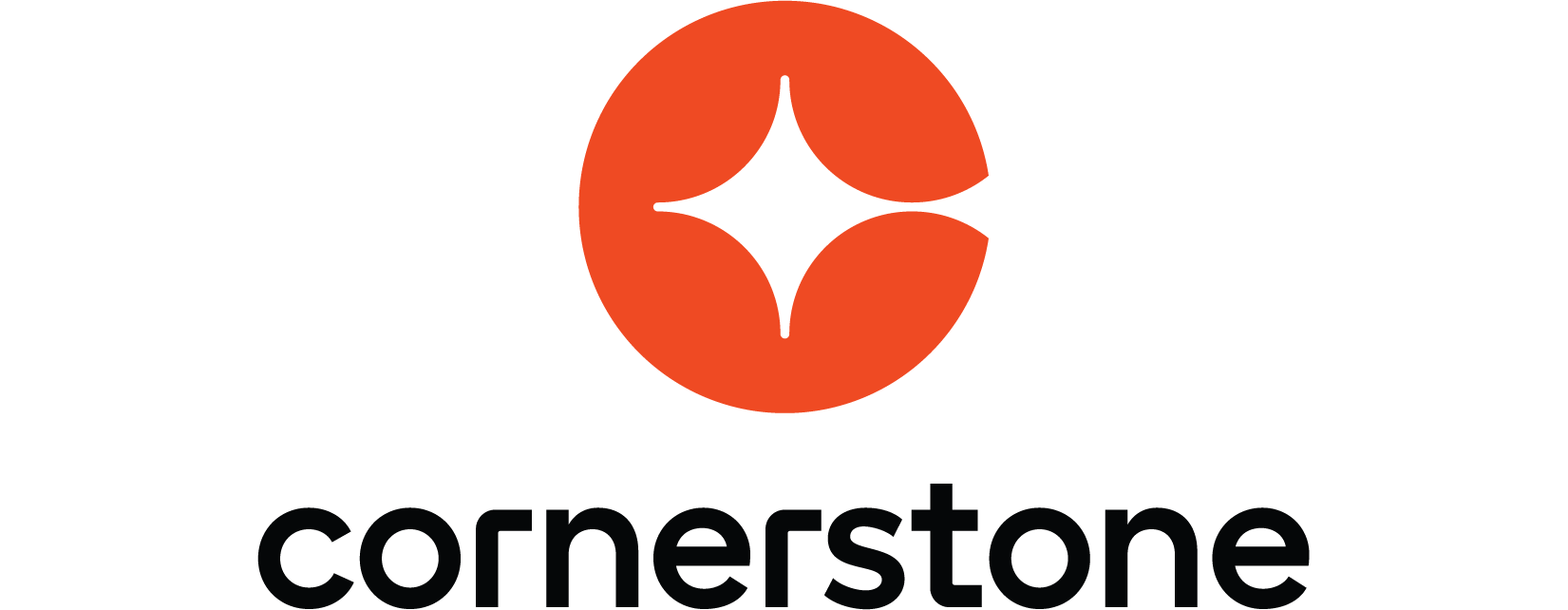Looking at global differences in recruitment approaches, HR magazine’s latest HR Lunchtime Debate asked a panel of experts their views on ways to improve internal talent mobility.
Three takeaways from this conversation can be found below – those who want to learn more internal talent mobility can do so by catching up on demand here.
1. EMEA favours a top-down approach
Chris Wragg, senior strategic account manager at Cornerstone, said in his experience talent strategies typically take a top-down approach – focusing on the top 3% of the organisation and how you steel these people against organisational risk.
Turning this approach on its head requires a skills-based approach, which Wragg described as: “Understanding what skills we have, what skills do we need, what the gap is and wrestling with finding a skill strategy.”
The EMEA region, Wragg added, has been comparatively slow in adopting technology to deal with these queries.
He said: “There’s far more reliance on process and the role of the manager within EMEA and more so the UK.
“We see in North America and some of our Asian markets there has been more readily a turn to technology to support this.
“In Europe we see a reliance on the manager and intervention, leaning into the performance management process where conversations take place around career aspirations.”
2. There’s an over-reliance on the status quo
Scott Leiper, founder of training and consultancy business Learning Lab, argued one of the things stopping HR and talent acquisition leaders leaning into internal talent development is a tendency to uphold the way career conversations have always been done.
He said: “I think tradition is the thing that holds us back, that we do things in certain ways and we’ve always done them in those ways.”
When having conversations about careers, he said ego can get in the way, with managers putting off career conversations with employees because they have other things to do.
If managers, in HR or otherwise, are doing that, he added: “You're doing the wrong thing, because what you're saying to the person is 'I am a gatekeeper of your career and I will choose what you do', rather than being an enabler to help that person to move forward in the right way.”
3. Storytelling helps
Wincanton’s approach to internal talent has included a focus on communication.
Group talent and development director Mike Hardy said the logistics firm has been sharing case studies of employees who have moved across different functions at the business to show others how to do it.
He said: “I think it's very easy to lose sight of the fact that we do have a lot of employees that have been with us for many, many years and have had really varied careers.
“There is the full breadth of opportunity at Wincanton for people to move around so we are working hard to promote where there's been opportunity like that, where people have progressed their careers, and being really visible around how our strategy is evolving.”
To explore these points and more, catch up on this HR Lunchtime Debate in partnership with Cornerstone here.









